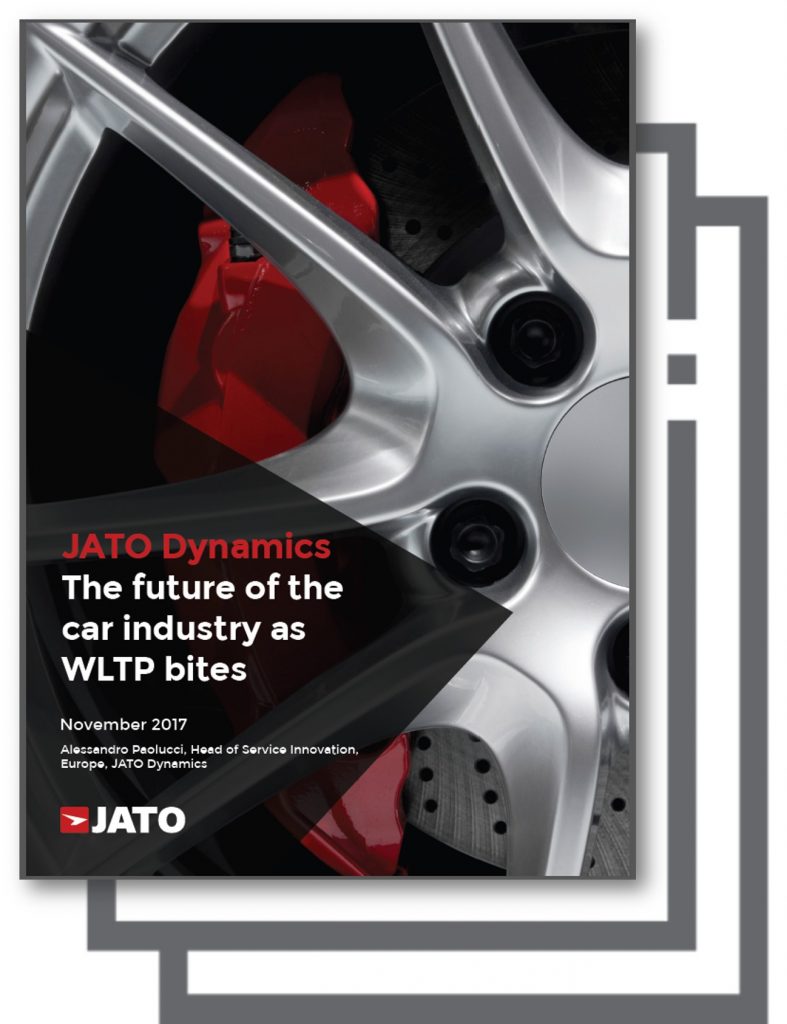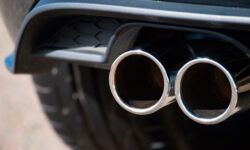Emissions targets: where is the automotive industry heading?
You can find more information about WLTP in our dedicated site
WLTP, or the Worldwide Harmonized Light Vehicle Testing Procedure, is getting a lot of attention. Its application and ramifications are currently preoccupying the automotive industry. There are questions about what the testing means for vehicles that have already been produced, and how much the results will differ from the previous NEDC testing procedure.
But, the automotive industry’s current focus on WLTP is reductive. In reality, WLTP is a symptom of a wider shift towards lowering emissions. One which has seen policymakers on a global, pan-European and national level pass regulations that aim to reduce emissions of all harmful air pollutants. This is the context in which WLTP should be viewed; it is a testing procedure not an emissions standard. It is a hurdle designed to bring about a lowering of emissions, not the answer itself.
The automotive industry therefore needs to ask a bigger question than “how can we meet the needs of WLTP?” Instead it needs to ask “how can we prepare our industry to reduce emissions over the next 30-40 years?”
This paper will look at the immediate impact of WLTP testing and what it tells us about the automotive industry’s ability to meet emission standards. It will propose that the industry is at a crossroads and must find ways to innovate and create technologies that will lower emissions in the short and medium term, paving the way for the eventual move to electric vehicles.
Whilst WLTP is only a testing procedure, it could be a catalyst for a golden age of innovation in engine and battery design.
Click below to download the full White paper:
jato-wltp-whitepaper-the-future-of-the-car-industry-as-wltp-bites-final








So just having a quick scan of the vehicles tested on the new WLTP test, versus the older NEDC test, we can see an increase on all of them! I should imagine the the hybrids that were tested under NEDC and showed 99-199 mpg, but in the real world do 40-50 mpg, are going to show a massive increase in CO2! Shall we call this future issue ‘hybrid gate’!